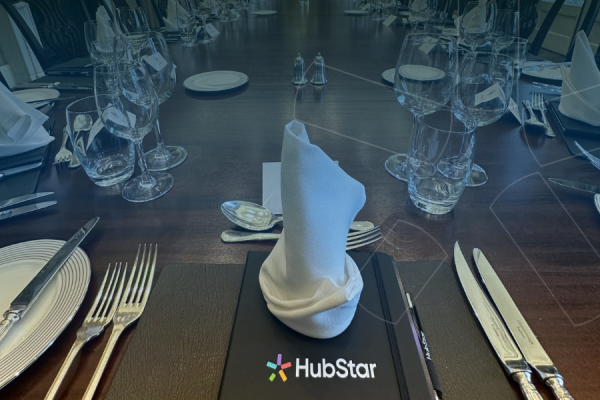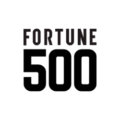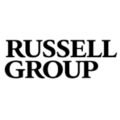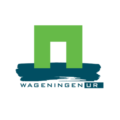6 Hybrid Work Trends for 2025

Well, 2024 was quite the year on the hybrid work front.
Amazon and Dell mandated full-time returns to the office, employees pushed back, and some new phrases entered the workplace vernacular – coffee badging, clock blocking and quiet vacationing, to name a few.
What’s going to be memorable in a year’s time, and what will we completely obsolete?
Hybrid work trends aren’t just the latest, flashiest tech on every CEO’s priority list (looking at you, gen AI) or catchiest buzzword, but the general direction the world of work is evolving.
In this post, we’ll look at 6 hybrid work trends, from hybrid schedules to back-to-office mandates, that illuminate how hybrid work is progressing and improving.
1. 2025 will be the year of the flex space.
If we’ve learned one thing over the last four years (or five? Who really knows anymore), it’s that hybrid work is change.
Flipping the ratio of individual to collaborative workspaces has kept CRE teams busy over the last few years. While they’ve been at it, hybrid work has evolved again. Cookie cutter collaborative spaces won’t cut it anymore.
In 2025, we expect the debate over individual vs. collaborative spaces to give way to a new standard: tailored, easily modifiable flex spaces.
These spaces—ranging from office pods and small meeting rooms to large conference areas—are no longer considered extras; they’re the baseline. Flex spaces act as blank canvases, allowing each department to adapt them to meet their unique needs. For example, 81% of high-performing teams sit together in the office, according to Gensler’s 2024 Workplace Survey. Employees in high-performing workplaces are over three times more likely to have access to focused workspaces compared to those in low-performing ones.
Whether it’s a group of hot desks or an informal collaboration area, tailoring workspaces boosts both team performance and employee satisfaction. It also reduces the risk of investing in large-scale changes that miss the mark. Microsoft, Google, and Salesforce are already leading the way with modular office designs, while a growing number of design firms are embracing neighborhood concepts centered on activity-based working.
2. AI will free up more bandwidth for in-person connection, but with some growing pains.
AI itself is no longer a trend. 75% of employees are already using it in some capacity. Tools like Microsoft Copilot and Chat GPT help hybrid employees do everything from transcribe meeting notes to brainstorm new ideas.
But what is a trend is the continuing use of AI to give people more time to focus on what matters most to them while they’re in the office. This is usually connecting and socializing – both of which are more easily done in the office. It shouldn’t come as a surprise that top performers spend less time working individually and more time on learning, socializing and professional development versus underperformers. AI can go a long way to free up more time for these things, if is used in the right way.
3 Things Destroying Social Connection in Your Hybrid Workplace
Connection is the main reason people decide to come into the office, but these three things are damaging it.

But it’s not all smooth sailing with AI. Leakage of sensitive data, employees unintentionally building proprietary business secret sauces into ChatGPT’s training algorithms, AI hallucinations are all making organizations take a hard look at governance of AI. In 2025, expect to see companies rolling out stricter AI governance.
3. Data will become even more intertwined with employee wellbeing and sustainability.
We already know that organizations are acting on employee expectations of mental health, wellness and sustainability initiatives. 70% of employees expect their employers to invest in their mental health and wellbeing according to Deloitte. One in four will consider their potential employer’s position on sustainability before accepting a job offer.
What’s going to change next year is that data will be the starting point for tailoring wellbeing and sustainability initiatives around employee needs and measurable KPIs.
Some organizations are using IoT data to design wellness initiatives like standing desks and greenspaces, while the expansion of workplace data and ways of collecting it is giving CRE teams the ability to tie occupancy data to opportunities to cut emissions from underused spaces.
4 Ways to Use Data to Design Your Hybrid Office
Office design is complicated enough, but adding hybrid to the mix has many companies stumped. Here are 4 ways to use data to power your hybrid office design.

4. We’ll see a new slew of workplace metrics.
A successful office is no longer just a cost effective office. That’s why workplace metrics have shifted away from cost per square foot to space utilization. A successful workplace is one that people want to be in, so if there aren’t mandates in place, seeing space utilization increase means you’re doing something right as a workplace leader. And 77% of organizations are already tracking it.
But what if your organization does have mandates in place? One metric alone can’t provide the full picture of how the workplace is truly performing. To understand impact, it’s crucial to track how metrics like space utilization shift when new policies, renovations, or other changes occur. For instance, with 70% of organizations now adopting flexible attendance policies, understanding how these policies influence space use, employee experience, and retention becomes a shared priority for CRE and HR.
By pooling data and aligning goals, these teams can uncover the connection between specific workplace elements and employee outcomes. This might include evaluating how a renovated collaboration area affects team cohesion or how improved amenities enhance overall satisfaction. Measuring these nuanced impacts requires going beyond traditional metrics, adopting a holistic view of workplace performance that factors in both operational efficiency and employee engagement.
5 Space Utilization Metrics for a Better Workplace in 2025
You can't improve what you can't measure. Get started with these space utilization metrics for a better workplace.

5. RTO mandate headlines will keep cropping up, but in reality they’ll be an outlier.
Two things happened in 2024. First, the full-time RTO mandates employees feared most came to pass. Second, we got undeniable evidence that hybrid organizations perform better financially and have more engaged employees.
These two don’t go together well. In 2025 we may see more companies forcing a full time return to office, but they’ll suffer for it. The vast majority of organizations will end the constant debate about the pros and cons of hybrid working, and instead focus on optimizing policies, technology and workplaces.
What is Hybrid Occupancy Optimization?
How do you make sure your hybrid workplace is fit for purpose? Hybrid occupancy optimization to the rescue.

6. CRE, Workplace, Operations and People teams will ditch the silos ASAP
When it comes to building a better hybrid workplace, it takes a village. And by village, we mean at least six departments that never had to work together until now.
CRE, Operations, IT, HR, Workplace and senior leadership teams are all responsible for elements of a hybrid office that can only come together if departmental silos are pulled down.
De-siloing is already gaining traction. In some organizations, facilities teams are beginning to report to HR rather than CRE. Such collaboration is crucial, as CRE’s top priorities—better reporting, cost reduction, and portfolio optimization—can’t be achieved in isolation. Despite this, only 1% of hybrid change management programs currently include facilities management and workplace design teams.
Better hybrid workplaces will require CRE and HR to be more than mere acquaintances , especially as 73% of HR leaders report employees are fatigued from change. Developing workstyle personas and tailoring spaces and policies to meet employee needs is everything but impossible without HR.
Give your workplace strategy a 2025 game plan
Download this guide for a deep dive into framing and executing your best-ever workplace strategy next year.
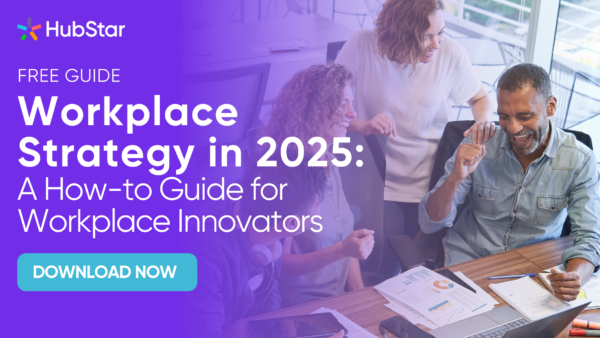
Share this post
Similar posts
